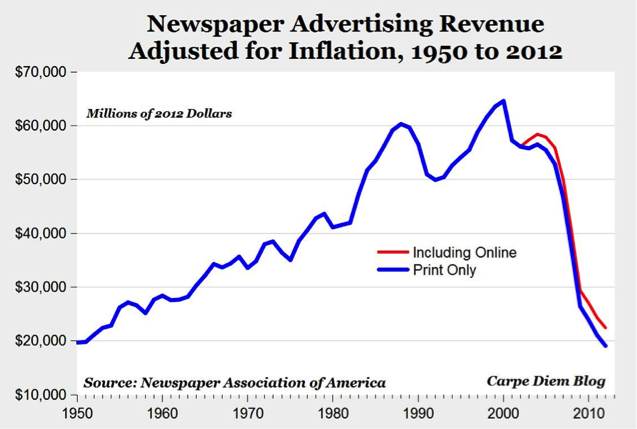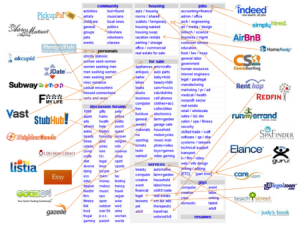My earlier post, “From Traditional To Digital To Integrated To Social To Instagram”, on the advertising blog AdPulp took a look at the New York agency The Mobile Media Lab. As I noted in the post, this agency describes themselves as… “The Mobile Media Lab is a creative agency that produces customized visual experiences with brands and their audiences on Instagram and other social media channels.”
Here is an agency that isn’t worried about finding a niche and owning it. They are not trying to be everything to everybody. Their visual marketing specialty has netted them some famous clients including Evian, Puma, Samsung and W Hotels. Accounts most agencies would love to have. Accounts that a “full-service” Boston agency might have some trouble winning.
Clearly, Mobile Media Lab successfully tapped into a growing marketing area where big-name clients want expertise.
When I’ve discussed the visual marketing specialty with agency colleagues, they expressed concerns about The Mobile Media Lab’s narrow focus and limitation of tools like Instagram. I have a different perspective. Yes, visual marketing is a tightly focused approach. But, the use of Instagram and Pinterest is skyrocketing and why couldn’t even a large “full-service” agency build a micro-group around niche visual marketing to get new business interest? Just like The Mobile Media lab, another agency just might get the attention of brands that would have never given them a look. Visual marketing is something that can be pitched and should generate interest from sophisticated clients.
Is there any reason that you couldn’t take a niche play to quickly become an expert in a new marketing category? Advertising agency niche markting could be your ticket into the national marketing arena. I’ll soon write about some of the other niches that can be exploited.






